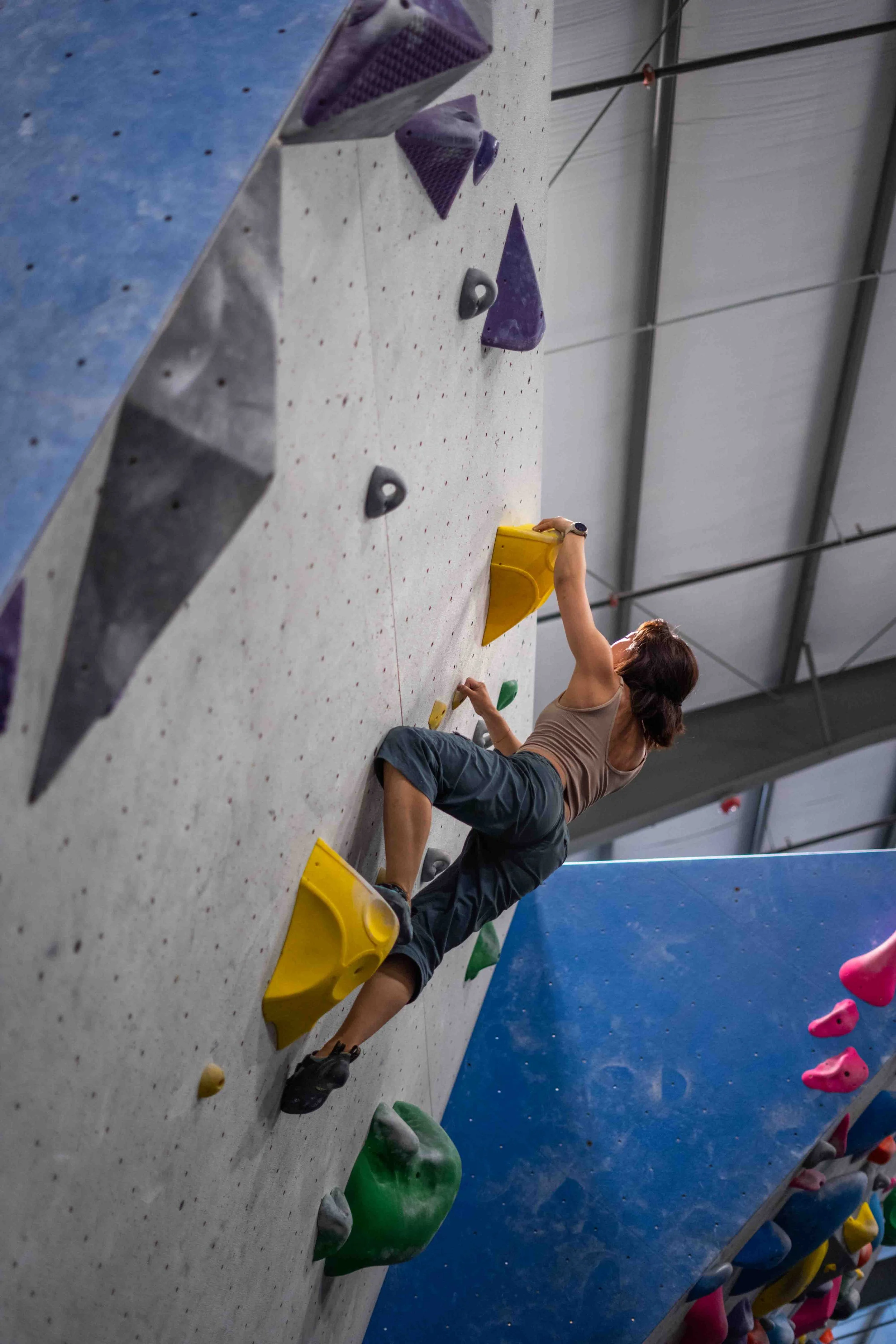A Climber's Glossary
Climbing has a lot of Jargon
Are you ready to embark on an exhilarating journey into the vertical world? Whether you're lured by the rugged beauty of nature's rock formations or intrigued by the challenging walls of an indoor gym, climbing pushes your limits and rewards you with an incredible sense of accomplishment.
But hold on a sec! Before you grab your trusty harness and lace up those sticky-soled shoes, let's make sure you're equipped with the expansive lingo of the climbing community. Fear not, my fellow new climbers, because today we're going to dive into a crash course on climbing terms. Consider it your secret code to unlocking the vertical playground!
An incomplete list of basic climbing terms
Arete
Derived from the French word for "ridge", an arete is an outer corner that can be used as a hand hold.
Belay
The act of controlling the rope for the climber, providing tension and catching them in case of a fall.
Bouldering
A style of climbing done on lower heights without ropes, making use of crash pads or a mat for protection. Here at Peak we have 16ft bouldering walls at Peak RVA and 8ft walls at Peak Midlo! Come in and try the two different styles!
Carabiner
A metal loop with a spring-loaded gate used to connect climbing equipment, such as ropes and harnesses.
Crag
A small or large outdoor climbing area with multiple climbing routes.
Crimp
A type of handhold or grip that requires using only the fingertips to grasp a small edge.
Crux
The most difficult or challenging section of a climbing route.
Dihedral
The inside of a corner – where two walls meet.
Drop-Knee
A technique where one knee is dropped down and pressed against the wall to create balance and reach. The key to reach is keeping your hips into the wall, and a drop-knee can help get one hip close into the wall.
Dynamic Rope
A stretchable rope used for absorbing the impact of a fall.
Dyno
A dynamic move that involves jumping or leaping to a distant hold.
Flag
Extending one leg to the side or back to maintain balance and prevent swinging. Think of it like using your leg the way a monkey uses their tail; shifting bodyweight to create balance.
Gaston
A type of hand movement that mimics opening two elevator doors, creating pressure outward.
GriGri
A popular brand of belay device that uses assisted braking to help catch a falling climber.
Heel Hook
Placing the heel of the foot on a hold to pull or push against it. The key to a good heel hook is to point your toes down, creating tension in the hip and allowing you to use that tension to draw yourself into and up the wall.
Lead Climbing
A style of climbing where the climber ascends while attaching the rope to protection points along the route.
Mantle
A move where the climber uses their arms and hands to push down on a ledge or hold and bring their body up onto it.
Quickdraw
A set of two carabiners connected by a sturdy sling used to attach the rope to protection points.
Route
A predetermined path or line established by climbers to ascend a specific rock or wall.
Slab
A climbing surface that is less than vertical, often characterized by smooth and friction-dependent movements.
Smear
Pressing the sole of the climbing shoe against the wall to gain friction and support, as opposed to using a defined foot hold.
Stem
Using opposing pressure between two surfaces to maintain balance and move upward.
Rock-over
Shifting weight from one foot to the other while using leverage to move the body upward.
Top Rope
A climbing technique where the rope is anchored at the top of the route and runs through an anchor point, providing protection from above.
Toe Hook
Hooking the front part of the climbing shoe, your toes, onto a hold to gain leverage.
Undercling
A handhold that is grasped from underneath, with the palm facing upwards.

